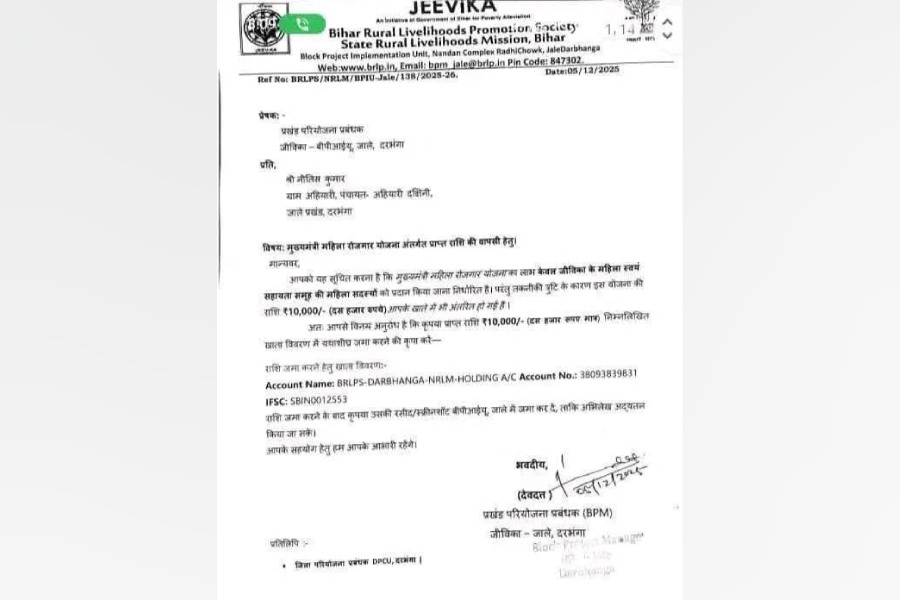 |
If there was to be a World Cup for national stereotypes, the Irish (or ?Oirish? if you like) would probably find themselves in the knockout stages. For a long, long time, the worldview has been of a people who ate lots of potatoes, played fiddles, and sang melancholic songs around coal fires. And of people who enjoyed a good pint and a good chat.
For this reason, more than any other, visitors descend upon Dublin every year in their thousands. They use the tracing of ancestry or the pretending to be Leopold Bloom as a pretext for enjoying a few glasses of stout, cider and whisky. Although 21st-century Dubliners would like to compete with the best in the World Cup for ?who looks the most elegant while sipping espressos outside chic coffee bars?, the fact remains that the good old public house remains their city?s economic and social heartbeat.
Visitors, especially those used to the sprawling metropolises of India, will immediately notice that Dublin is very small in size. The joke is that you?re never more than 20 minutes away from someone you know. That?s not to say, however, that you?ve seen everything there is to see after a couple of turned pages of the guidebook. The city is an intricate network of side streets and back alleys. Moreover, pub-goers will testify that their favourite place of sanctuary is one of the few spots on Planet Earth that disobeys the laws of the space-time continuum, and visitors to Dublin quickly forget where they are and how they got there.
Copied in virtually every time zone, the traditional Irish pub (complete with wooden furniture, folk instruments and assorted bric-a-brac) has become the global template for watering holes. The visitor need not venture too far from Dublin city centre to saunter into one. Unfortunately, the bulk of visitors don?t venture too far. The first-timers usually congregate around the cobbled streets of the Temple Bar area to watch the football. The second-timers usually congregate around the plush St Stephen?s Green/Grafton Street area to be overcharged for the privilege. The more-than-two-timers just go anywhere they can get in.
A good ramble round will reveal that Ireland?s capital is a complex mixture of the great and good of Irish, British and European design and architecture. The city boasts plenty of statues of freedom fighters, and plenty of grand colonial British buildings.
The old and the not-very old bridges over the river Liffey (which neatly bisects Dublin) would not look out of place across the Seine, and the recent expansion of the European Union has resulted in all sorts of tongues being wagged at the bars: from Slovenian to Swedish. Furthermore, the city boasts great areas of open space within the hustling bustling frenzy ? even if you ignore Phoenix Park, the largest in Europe.
Nearly every pub away from the crowds will contain a surprise ? whether it be the paintings on the walls; the poetry readings in the cellars; the folk musicians in the corner; or just the banter from the locals. There is a genuine love of conversing with complete strangers about life, the universe and everything. (Although, it has to be admitted that there are the odd few-and-far-between places where even Clint Eastwood might think twice about entering.) Added to that is the sheer weight of Dublin?s literary impact: Beckett; Joyce; Shaw; Wilde; Yeats ? to name but a few. It?s therefore unsurprising to discover how easily words come to the average citizen here.
Everyone has stories to tell, and many have one about Bono. A personal favourite is from someone who claimed to have stood beside him while they both admired an awful busker performing an awful rendition of I still haven?t found what I?m looking for. (If you?ve come specifically to look for Bono, your best bet is the magnificent Clarence Hotel, which is owned by all four U2 members. Be warned though. I still haven?t found what I?m looking for may have added resonance.)
Six months ago, a smoking ban was introduced. Despite being mid-autumn, people remain compliant (it takes more than a bit of wind and rain to deter a smoker). This law has had a mixed impact, as many locals now prefer to stay in their own houses rather than enter a public one. Those who do make the effort though can now find that they can enjoy their traditional Irish stews or trendy paninis a lot more (it also makes the effort of applying that expensive new cologne more worthwhile). And, if your company happens to be a little tedious, you can always nip outside and chat with the huddled smokers.
This story was to be initially an account of a pub crawl, but in all fairness there were perhaps 173 too many vintage watering holes to be listed, as work becomes the scourge of the drinking classes (incidentally you can see Oscar sitting dandily in Merrion Square in the old Georgian quarter of the city). Pubs are like people, with their own unique and distinctive characters. Sadly, much of that character is being lost and replaced by something crude, brash, and expensively vulgar.
At the weekends, Dublin becomes inundated with young revellers crowded into ?super pubs? with giant plasma TV screens showing soccer for the hooligans, later to be followed by the deafening blaring of Britney and Justin from the sound systems. As a young reveller myself, a compass is often required to find a public house with two essential but disappearing commodities to pub culture: conversation and a seat.
That?s perhaps a slight exaggeration, for there still are a myriad of ?old men?s pubs? with their cockles and mussels alive alive-. The worry is what ?old men?s pubs? will look like when it?s my turn to say ?It wasn?t like this in the old days?.










